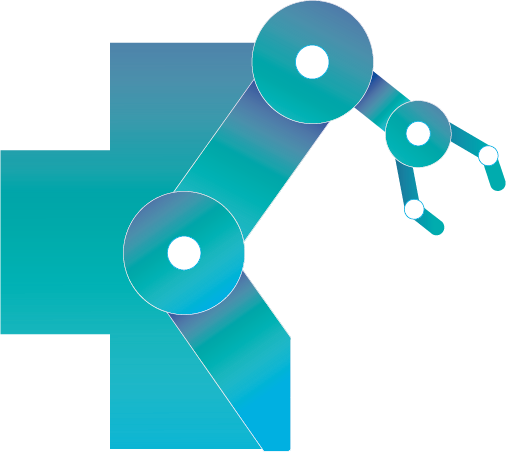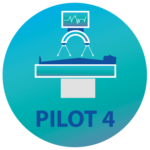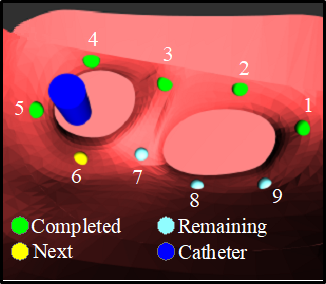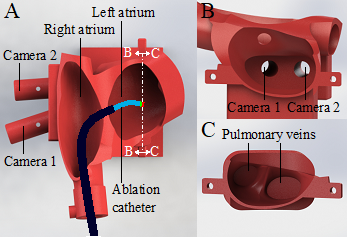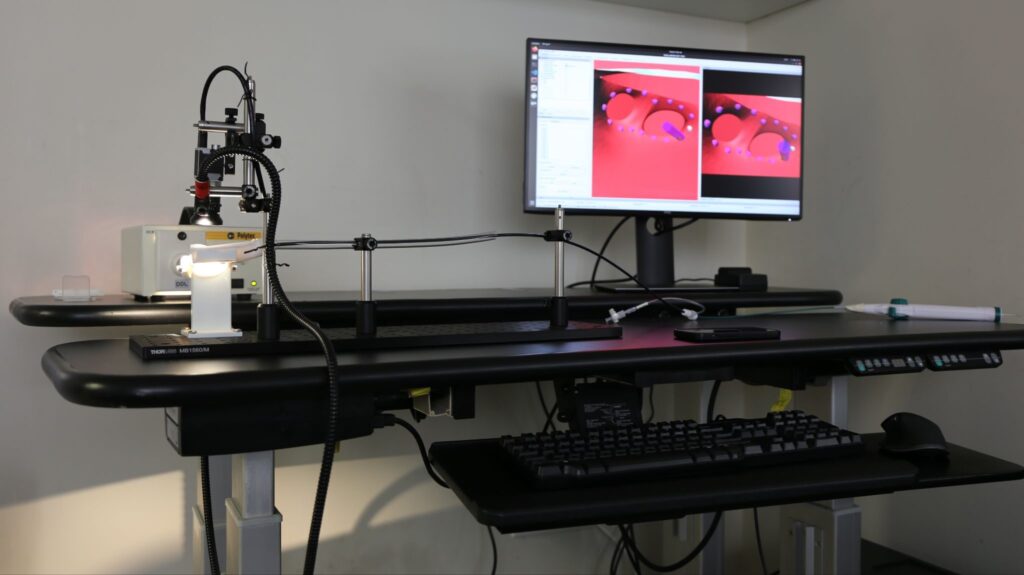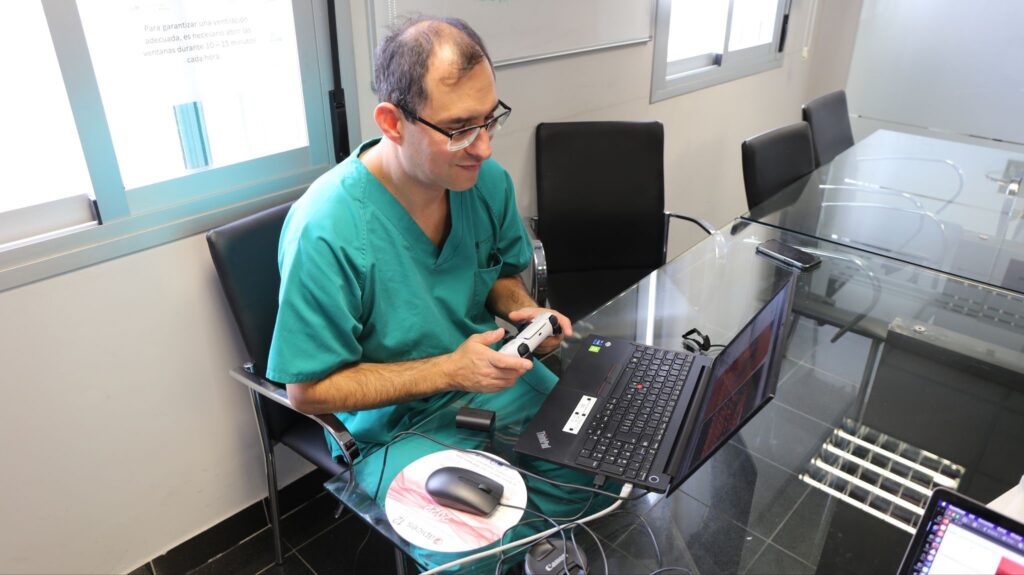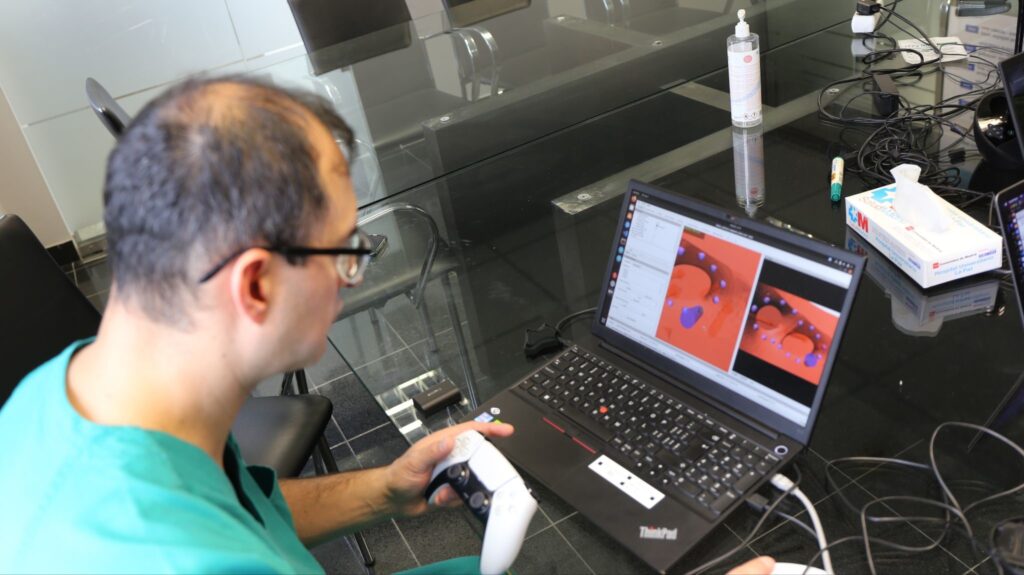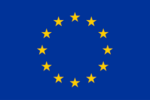Background
Atrial fibrillation (AF) is the most common sustained cardiac arrhythmia in adults and one of the 3 cardiovascular pandemics of the XXI century according to the World Health Organization. Most treatments are aimed to reduce the complications of this disease, like anticoagulation to prevent stroke. However, pharmacological therapies to prevent AF episodes or the progression of the disease have shown disappointing results with minor or neutral effects in major outcomes. Catheter ablation has shown to be more effective than drugs to keep patients without this arrhythmia, preventing its progression and reducing follow-up events.
Problems
- The procedure depends on the operator’s dexterity and experience, which results in a heterogeneity of clinical practice and an important barrier to offer the therapy to many patients.
- The learning curve for manual catheter use is slow.
- EP laboratories and physicians are not available in all hospitals.
- Already developed robotic mechanical navigation systems have no impact on safety, operator dependency and procedure time.
Objectives
Facilitate the ablation procedure, either for the physician and the patient, by developing a remote magnetic navigation (RMN) approach.
- Improve the procedure efficacy.
- Reduce complications.
- Make the procedure less operator dependent and more automatized.
- Reduce the learning curve for the operator.
- Allow to perform ablation remotely.
- Demonstrate that the combination of RMN can reduce the total procedure time.
- Prepare the path to allow future ventures to automatize part of an ablation procedure.
- Review and archive data during EP procedures to create a database that can be leveraged for further research.
The solution
Our solution employs state-of-the-art RMN. Within the workspace of a Magnetic Navigation System (MNS), a magnetic catheter is positioned. The MNS allows for the generation of magnetic fields in arbitrary directions. By adjusting the MNS’s magnetic field, we gain the ability to manipulate the magnetic catheter, ensuring it aligns with the generated field. Consequently, the operator can directly steer the catheter tip by changing the external magnetic fields produced by the MNS.
This method has been proven to significantly enhance the operator’s dexterity, streamlining the learning process. Moreover, the robotic nature of RMN enables remote control by an operator from a distance, paving the way for sharing expertise to more remote regions.
